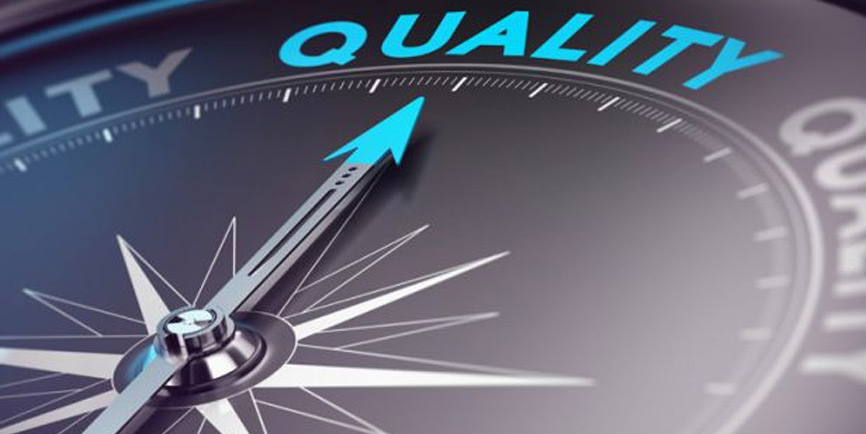mcRAv Solutions Quality Engineering & Assurance Overview
mcRAv Solutions provides an introduction to software quality assurance. Software quality assurance (SQA) is the concern of every software engineer in mcRAv Solutions to reduce costs and improve product time-to-market. A Software Quality Assurance Plan is not merely another name for a test plan, though test plans are included in an Software Quality Assurance (SQA) plan. SQA activities are performed on every software project. Use of metrics is an important part of developing a strategy to improve the quality of both software processes and work products.
Software Quality Assurance
Software Quality Assurance (SQA) Tasks
Quality Assurance Elements
Software Quality Assurance (SQA) SQA Goals

Requirements quality

Design quality

Code quality
